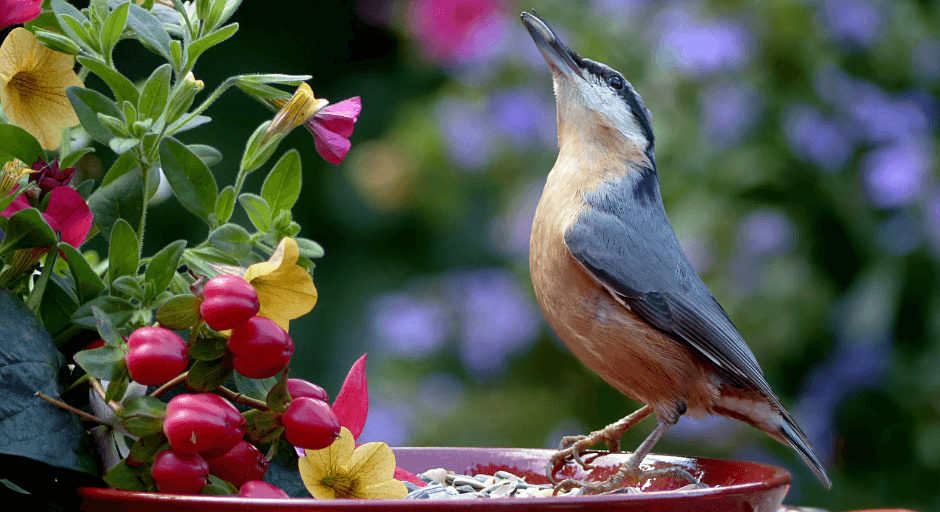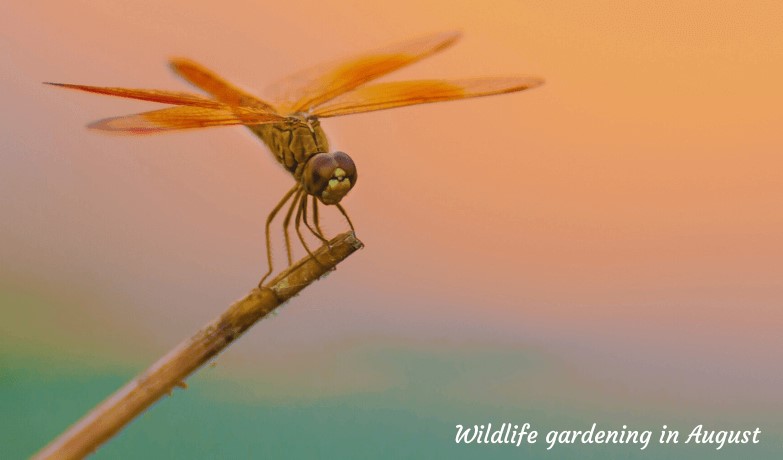Wildlife Gardening In August
The breeze is cool as it gently whispers through the ornamental grasses in your garden, as the sun dips ready to set and your garden turns golden. The last of the bird’s tweet in the trees and the bats start swooping down in their search for night insects. You may hear a frog croak, and owl hoot or a kookaburra’s call. This is the glory of the late summer garden.
While it’s tempting to deadhead many plants, we recommend you leave some to form seedheads, providing a nutritious food source for birds. Shrubs and trees come into their own when herbaceous plants fade and can maintain interest in your garden through summer into winter.
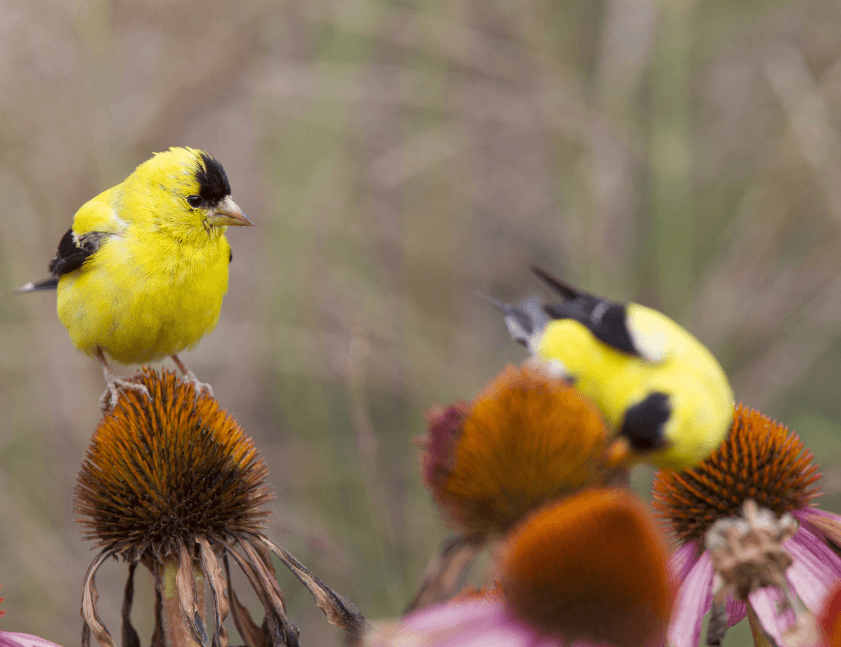
With hot days and dry, hard ground it’s important to offer an easy source of food and plenty of water for birds. Many species of bird begin to moult in August and will appreciate extra food during this stressful time. Leaving Rosehips on bushes will ensure hungry birds will be able to eat during the winter months.
Solitary leafcutter bees may still be nesting at this time, and having a bee box is a good idea for solitary bees. On sunny days bee species may choose to shelter from the sun in long grass and shady spots. Plants for bees at this time of year would include Asters, Heathers, Sedum, Salvias and Echinacea.
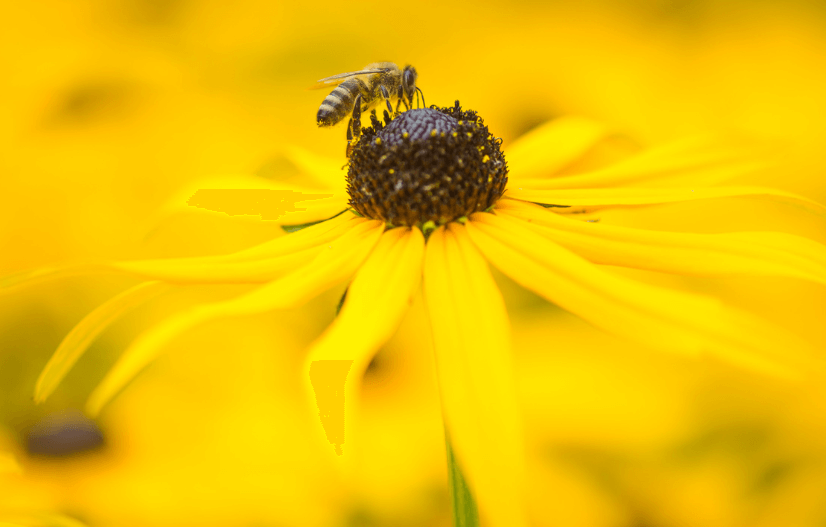
Butterflies are also still abundant at this time and its important that they too can feed on pollinating plants! Keep a lookout for the following butterflies: The Comma, The Common Blue, Large White, Painted Lady, Marbled White, the Peacock, Red Admiral, Small Tortoiseshell and the Speckled Wood.

Seasoned gardeners know that a frog in their garden is usually a sign of a healthy ecosystem. Frogs are highly sensitive to pollutants and sources of toxins, such as pesticides. They are also great at insect control, from slugs to caterpillars to mosquitoes, these creatures eat an enormous amount!
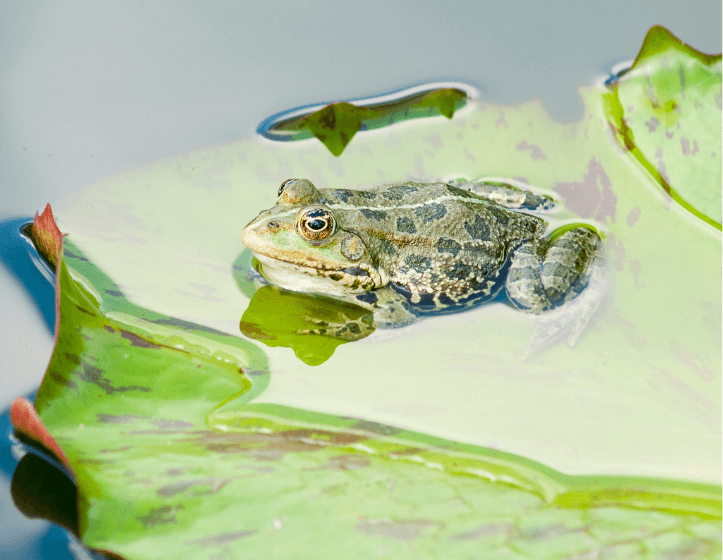
Continue to leave out dishes of water and meat-based cat food, or hedgehog food (available at our pet centre) for hedgehogs. The young hoglets need help fattening up before they go into hibernation in late autumn. Add a stone or rock to the water bowl to allow smaller creatures such as bees, beetles, dragonflies, and butterflies to drink without falling in!
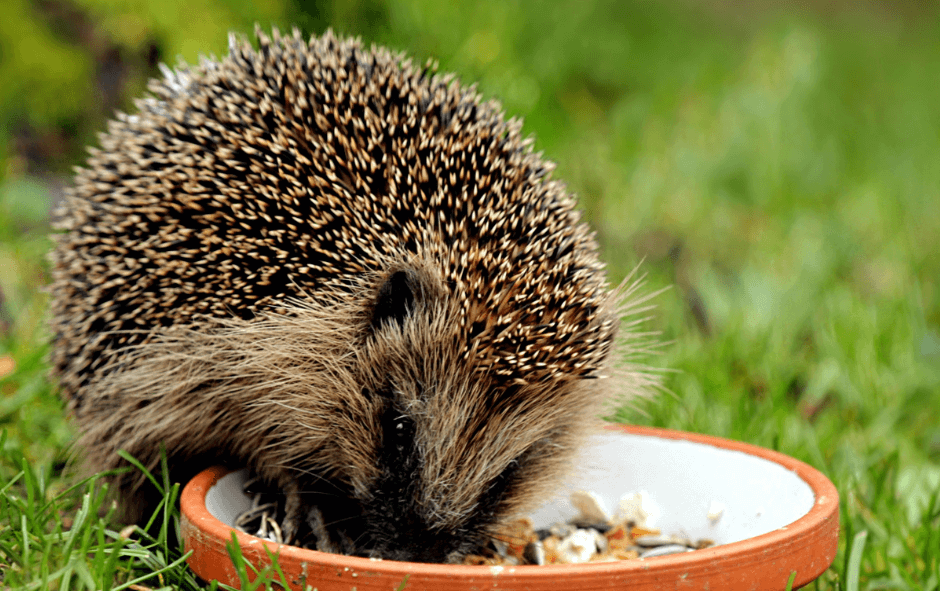
Make time to enjoy the outdoors, appreciate our beautiful wildlife and the warm weather whilst it lasts, using the time to plan for autumns planting and wildlife requirements and of course, spring bulbs.
